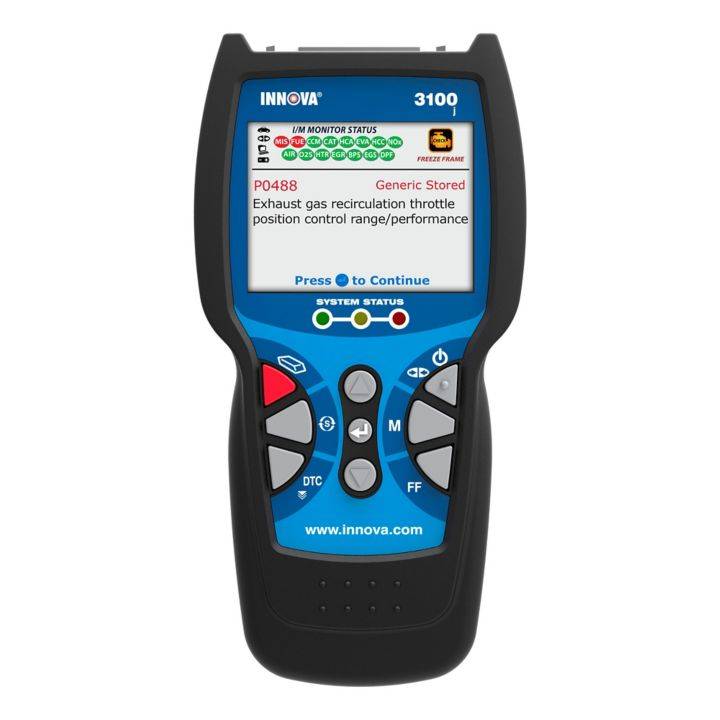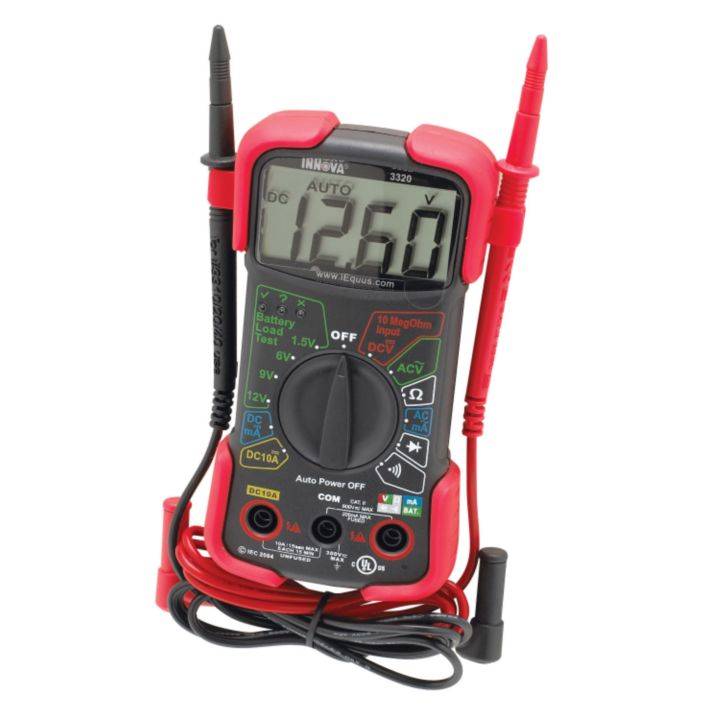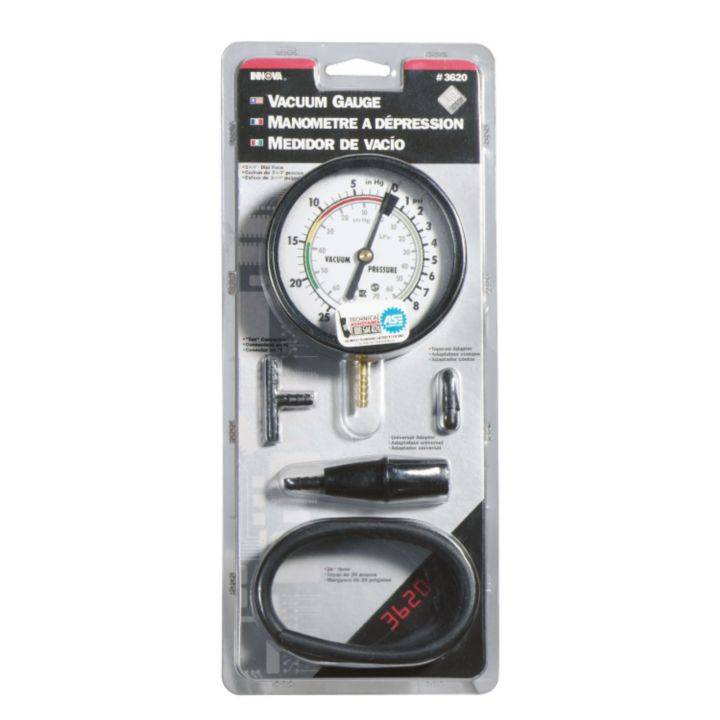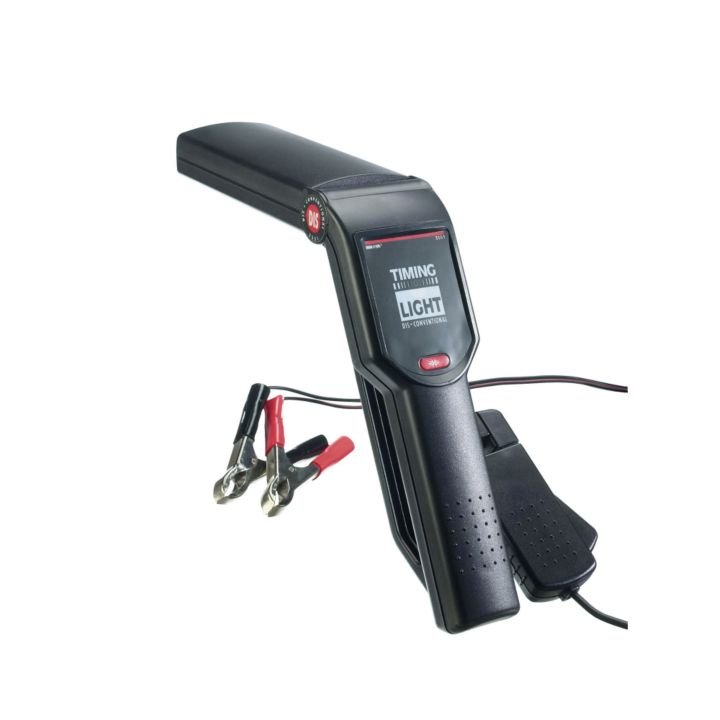
Check Engine Light: Understanding Its Meaning and Importance
The Check Engine Light is a warning indicator on your vehicle's dashboard that can cause concern for many drivers. When this light illuminates, it indicates that there may be a problem with your vehicle's engine or emissions system. In this article, we will explore what the Check Engine Light means, why it's important not to ignore it, and what steps you can take when it appears.
It can indicate a range of issues, including:
• Faulty sensors: Sensors throughout your vehicle monitor various components and systems. A malfunctioning sensor can trigger the Check Engine Light.
• Emission control system problems: Issues with the catalytic converter, oxygen sensors, or evaporative emission control system can trigger the light.
• Ignition system problems: Faulty spark plugs, ignition coils, or wiring can result in the Check Engine Light coming on.
• Fuel system issues: Problems with the fuel pump, fuel injectors, or fuel cap can cause the light to illuminate.
• Transmission or engine problems: Malfunctions in these critical components can trigger the Check Engine Light.
Steps to Take When the Check Engine Light Appears:
• Check for obvious issues: Start by checking if your gas cap is properly tightened. A loose or damaged gas cap can trigger the Check Engine Light.
• Observe for symptoms: Pay attention to any abnormal symptoms such as rough idling, poor acceleration, unusual noises, or excessive exhaust smoke. Note these details to provide accurate information to a mechanic.
• Visit a professional: If the light remains illuminated after tightening the gas cap or if you experience concerning symptoms, it's advisable to visit a qualified mechanic or dealership. They have diagnostic tools that can read error codes stored by your vehicle's onboard computer and identify the specific issue causing the light to come on.
• Address the issue promptly: Once you know what triggered the Check Engine Light, discuss repair options with your mechanic and address the underlying problem promptly to prevent further complications.
Diagnostic Code Readers
Check Engine Light serves as an important warning indicator for potential engine or emissions system issues in your vehicle. While it may come on for minor reasons at times, it should never be ignored. Promptly addressing any problems identified by the light through professional diagnosis and repair is crucial to maintaining your vehicle's performance, safety, and environmental impact.
 Loading . . .
Loading . . .





